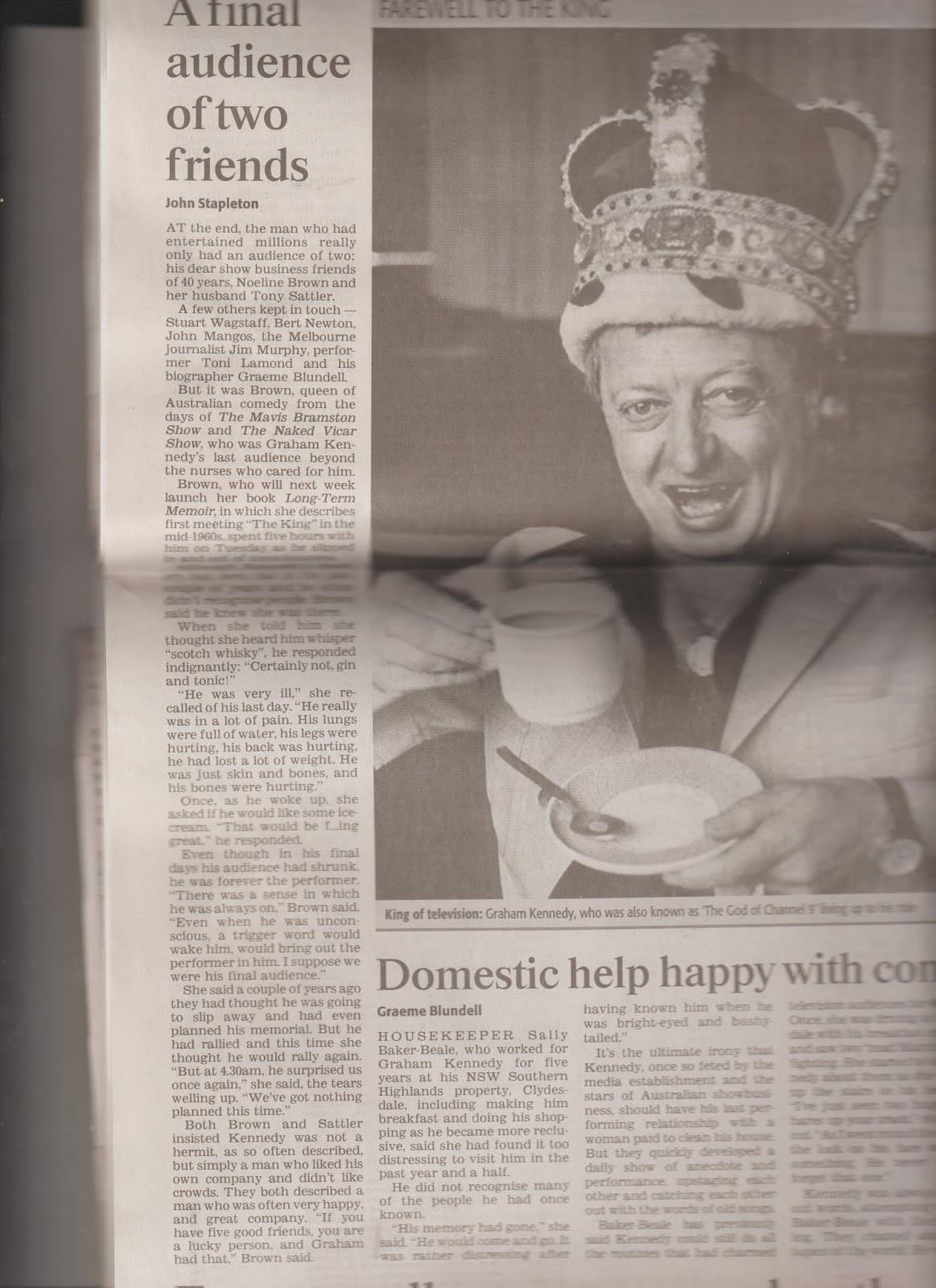Workers say new IR laws a threat: [1 All-round Country Edition]
Stapleton, John. The Australian [Canberra, A.C.T] 30 May 2005: 4.
Show highlighting
Abstract
ACTU secretary Greg Combet released a survey of 600 employees which showed 72 per cent were opposed to the removal of unfair dismissal laws for businesses employing up to 100 people.
"The federal Government's changes to industrial relations laws will destroy the award system, limit the ability of workers to collectively bargain, abolish unfair dismissal protection for nearly 4million people, weaken the Industrial Relations Commission and hold down minimum wages," Mr Combet said.
"This attack on Australian workers and unions is at complete odds with the expectations of the Australian public," Mr Combet said.
MOST Australians believe the Howard Government's proposed workplace reforms are unfair to workers and a major win for big business, the union movement said yesterday.
ACTU secretary Greg Combet released a survey of 600 employees which showed 72 per cent were opposed to the removal of unfair dismissal laws for businesses employing up to 100 people.
The survey, by Melbourne company MarketMetrics Research, found 60 per cent of Australians believe the new industrial relations laws flagged last week would be bad for the average worker.
"The federal Government's changes to industrial relations laws will destroy the award system, limit the ability of workers to collectively bargain, abolish unfair dismissal protection for nearly 4million people, weaken the Industrial Relations Commission and hold down minimum wages," Mr Combet said.
The survey found 64 per cent of Australian workers believe the changes would reduce job security, 62 per cent believe their wages will be reduced under the new regime and 69 per cent feel the laws will create greater fear in the workplace.
"This attack on Australian workers and unions is at complete odds with the expectations of the Australian public," Mr Combet said.
"Australian workers are currently struggling to keep their heads above water and these changes will only serve to make life harder for them."
The ACTU said the union movement would oppose the laws every step of the way, with a week of protest action around the country planned to begin next Tuesday.
He said the union movement's biggest challenge was to ensure the public understood the disastrous consequences of the proposed changes, and to ensure the Government understood the extent of the opposition.
Mr Combet said the new laws would throw workers into "the law of the jungle" and the ACTU was likely to go ahead with a High Court challenge. A general strike was not out of the question.
"We're going to make sure John Howard pays a political price for this," he said.
"The changes will allow people's living standards to be driven down. It's an absolute farce for the federal Government to try and spin these new laws as anything other than cowering to the pressure of big business. Our polling shows that people do not believe theGovernment and that Howard has over-stepped the mark."
But Australian Chamber of Commerce and Industry chief executive Peter Hendy said employers would not be intimidated by threats of a national strike and would support the Government's industrial relations package.





